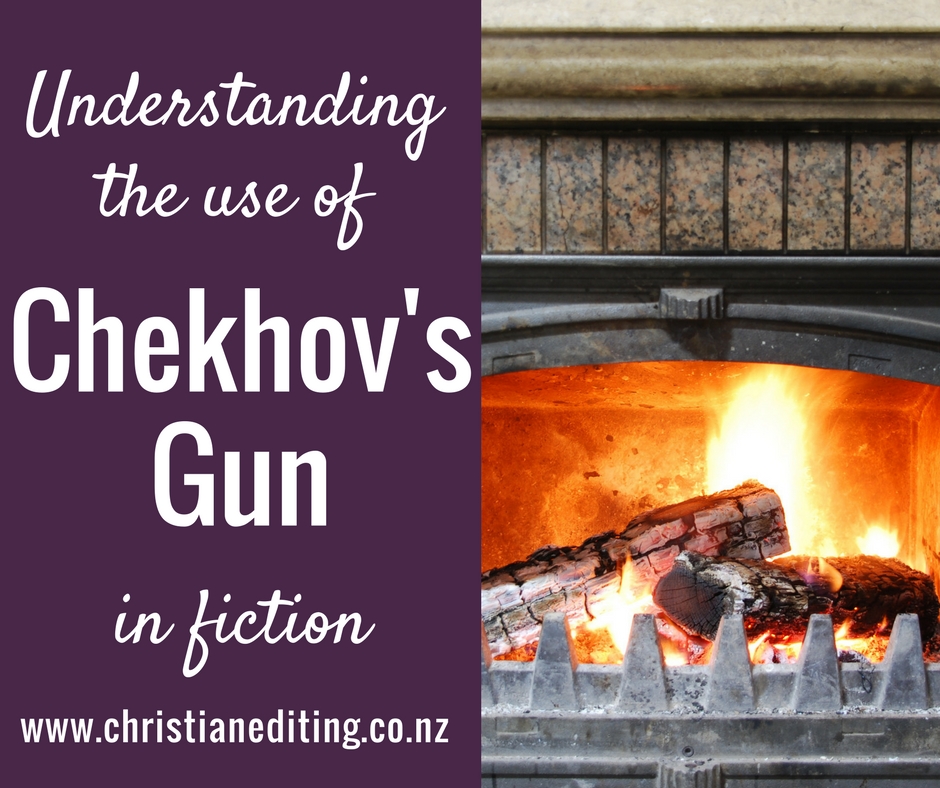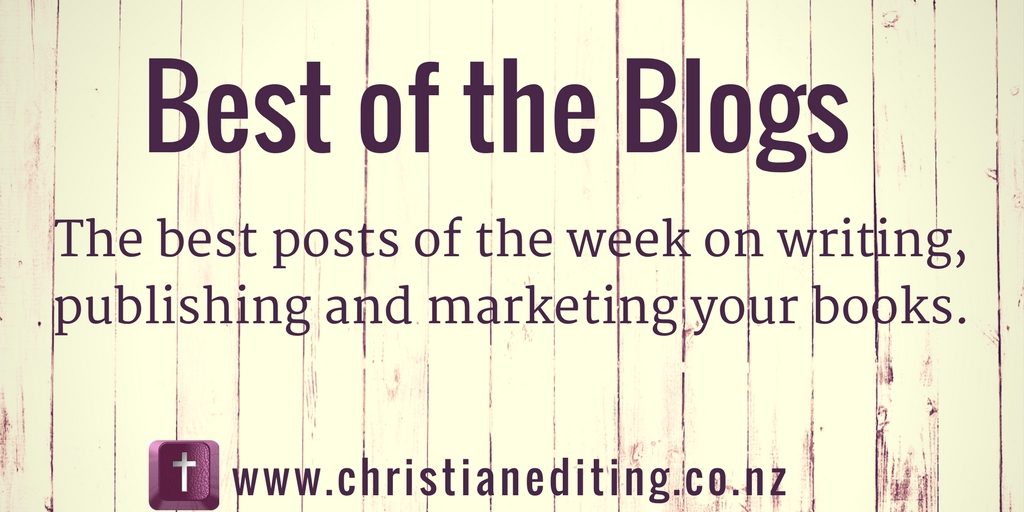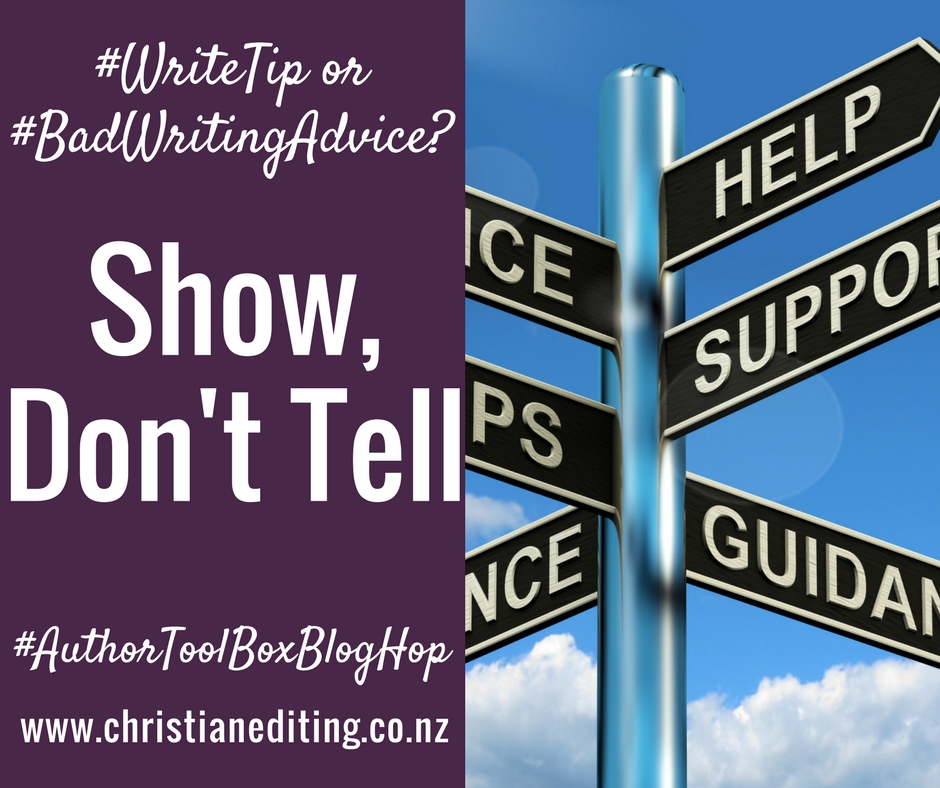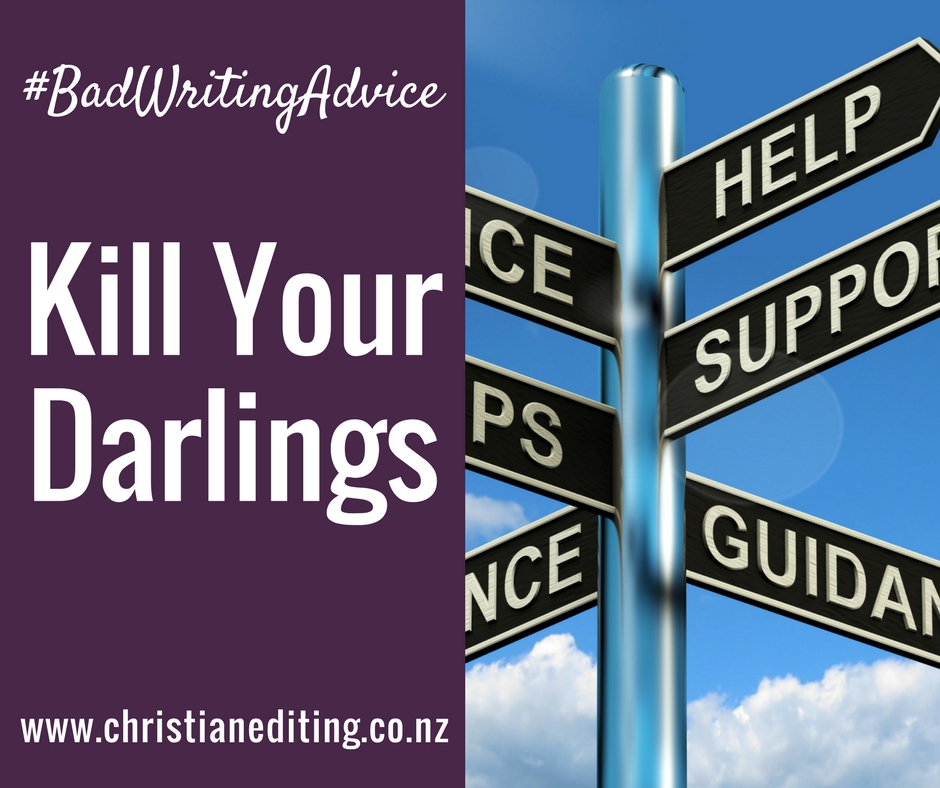I’ve mentioned Chekhov’s Gun in two of my recent posts, Kill Your Darlings and Show, Don’t Tell. There are variations of the rule floating around the interwebz, but here is the version I first read:
If there is a rifle on the mantelpiece in the first act, it needs to be fired in the third act.
I believe this rule basically centres about meeting reader expectations.
Each genre has its’ own conventions, and as authors we need to abide by those conventions, or twist them in an acceptable manner.
For example, a romance novel must have an emotionally satisfying ending (aka a HEA, or Happy Ever After, although a HFN aka Happy For Now is also acceptable). And a romance novel must follow the stories of the hero and heroine. Some authors will use an Other Woman or Other Man trope (think of Reese Witherspoon in Sweet Home, Alabama). But savvy readers identify the true hero and heroine early on—they are the two viewpoint characters.
Mystery novels have their own set of conventions, illustrated to great effect in Rules of Murder by Julianna Deering. The detective can not be the murderer. The murderer must be one of the characters. All the characters (including the murderer and the victim) are introduced early in the novel—this gives the novel a double layer of tension as first we wonder who is going to die (and how), then we have the tension of watching the character try and solve the crime.
The principle of Chekhov’s Gun is an example of the literary technique of foreshadowing.
Foreshadowing
Michael Hague defines foreshadowing as:
Giving greater credibility to a character’s actions and abilities by laying the groundwork for them earlier.
The purpose is often to make some later action seem believable, to allow us to avoid deus ex machina endings. For example, you might not be convinced by a novel ending with a shoot-em-up scene in which the petite heroine picks up a shotgun and shoots the heart out of the bad guy from 100 feet.
But you’d believe it if you’d if the hero had phoned her while she was at the shooting range, or if the description of her house included a dusty shelf of shooting trophies, or if the heroine had once tried out for the Olympic shooting team.
Unfortunately, foreshadowing has a poor cousin, telegraphing.
Telelgraphing
Telegraphing is foreshadowing taken too far. With good foreshadowing, the reader reads and absorbs the information, but the importance of the information is only apparent later in the book—perhaps at the climax. With telegraphing, it’s less subtle, as though the writer is shouting, “Pay attention! This is important!”
Telegraphing is giving away too much, too soon, thereby ruining the suspense or the impact of the event.
It’s essentially sending the reader a signal—a telegraph—about what’s going to happen. Sometimes it’s in the form of an author intrusion: little did they know, that telephone call would change everything.
Sometimes it’s telling. An example would be characters discussing their plan to rescue their colleagues from the evildoers. If the rescue goes according to plan, it’s telegraphing—you only need to say it once, and it would almost always be better to show the actual rescue than tell the plan.
Sometimes it’s pretending to be a red herring—having the characters discuss the rescue plan because the rescue isn’t going to go according to plan. Unfortunately, that’s a device that’s been used too often, and the reader is likely to work out, consciously or subconsciously, that the reason they are being told the rescue plan is because something is going to go wrong. That’s telegraphing.
Foreshadowing is good. Telegraphing is not.
Exceptions to the Rule
As with many “rules” of writing (and life), there are exceptions. Two accepted exceptions to the principle of Chekhov’s gun are the red herring, and the MacGuffin.
Red Herring
A red herring is a staple of the mystery plot—something which distracts attention from the real issue. Agatha Christie novels are full of red herrings (no doubt why I can never figure out whodunit). A good red herring is plausible, and leads the reader towards a convincing yet wrong conclusion.
I think the reason a red herring works as a literary device is that the mystery reader subconsciously expects the author to include red herrings.
We see the gun on the mantelpiece. We see a character killed by a gunshot. We expect the character was shot with the gun on the mantelpiece, and we wonder who could have stolen the gun, killed someone, and returned the gun in the time allowed.
We wonder … but we’re not surprised if it turns out that there were two guns.
MacGuffin
Merriam-Webster’s define a MacGuffin as:
an object, event, or character in a film or story that serves to set and keep the plot in motion despite usually lacking intrinsic importance
The term dates from 1939, and was first used by Alfred Hitchcock. A MacGuffin is something the characters care a lot about, but which the reader doesn’t care about. Examples include the One Ring from Lord of the Rings, the plans for the Death Star in Star Wars: A New Hope, and the Holy Grail in movies such as Indiana Jones and the Last Crusade (and probably every other movie mentioning the Holy Grail).
In each case, the MacGuffin is purely a device to motivate the characters and drive the plot forward. Used well, it’s a great device. But be careful not to introduce something you think is a MacGuffin, but which the reader sees as Chekhov’s gun. The key to a good MacGuffin is that the promise is fulfilled. The One Ring is destroyed. The plans highlight the weakness in the Death Star. Indiana Jones does find the Holy Grail.
Basically, that’s what Chekhov’s gun comes down to: fulfilling the promise to the reader. And that’s the key to all great fiction.
Can you think of any excellent examples of Chekhov’s gun in practice?






